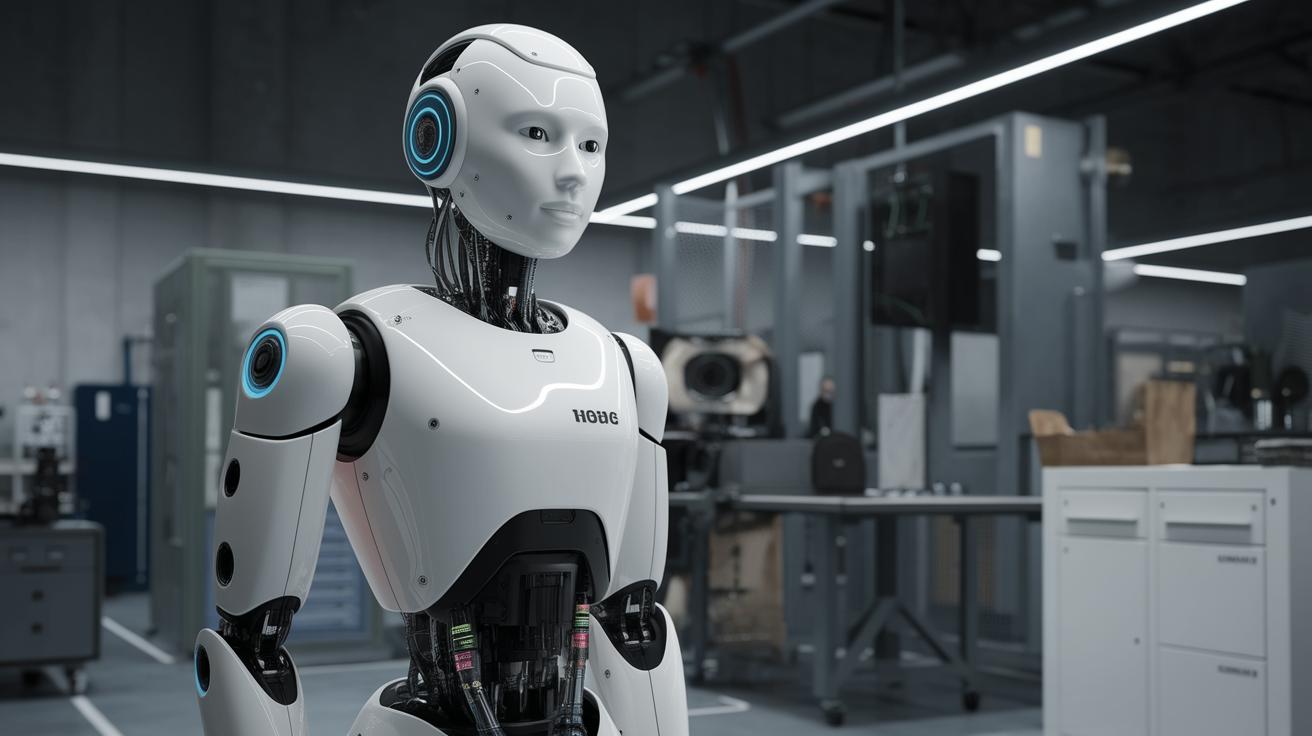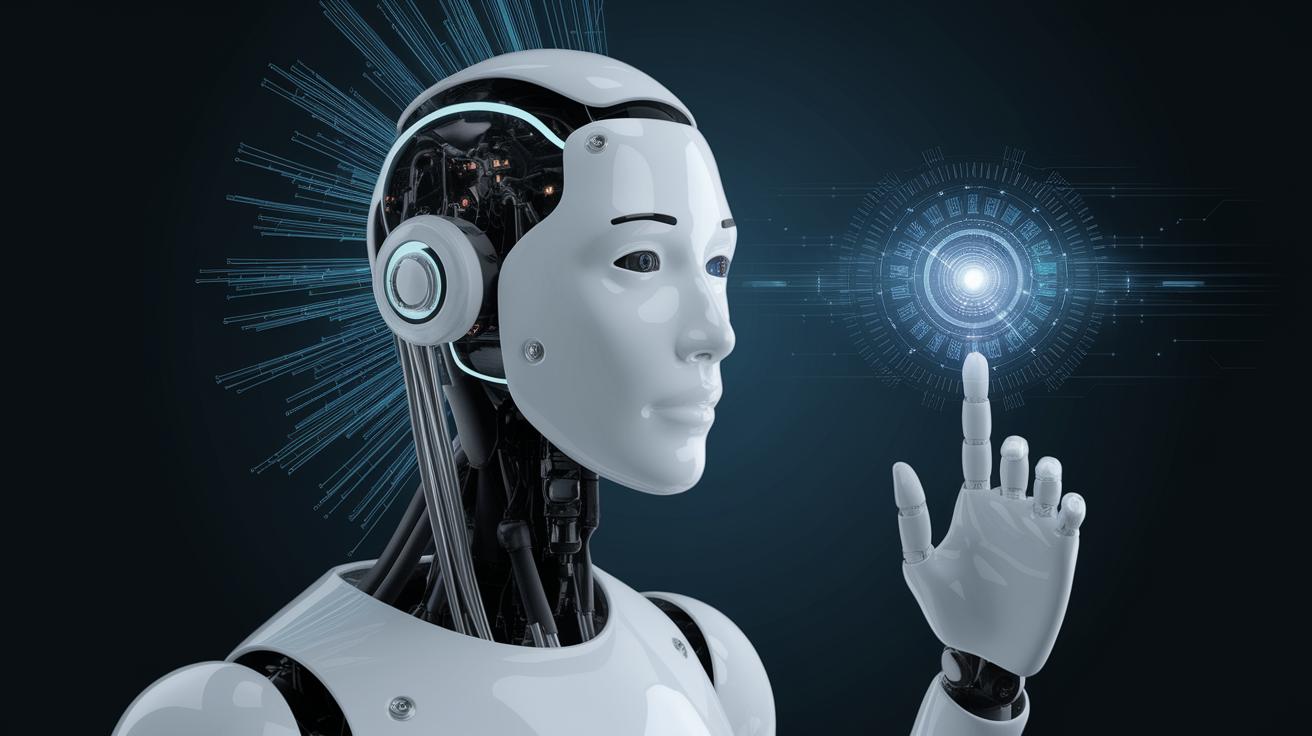Introduction:
The concept of a smart city is rapidly transforming from a visionary dream to a tangible reality, primarily propelled by the strides in AI and robotics. These technologies amalgamate to refine urban living, paving the way for more efficient, environmentally sustainable, and higher quality lifestyles. This blog post delves into the transformative role AI and robotics play in smart cities, exploring advanced technologies reshaping urban life, smart city management practices, and envisaging future cities. Read on to discover how these innovations are set to redefine how cities operate, aiming at remarkable improvements in energy usage, traffic management, and public safety.
The Tech Redefining Smart City Living
Artificial Intelligence (AI) and robotics are at the heart of the transformation occurring in smart city living. AI’s prowess in data processing allows cities to manage resources more effectively, optimize energy consumption, and improve urban mobility. By analyzing vast pools of data, AI can enhance decision-making processes in real-time, enabling city officials to respond proactively to emerging challenges such as traffic congestion or energy shortages.
Robotics complements these efforts by providing the physical means to implement AI’s recommendations. For instance, autonomous vehicles, powered by sophisticated AI algorithms, help reduce traffic bottlenecks and improve public transport efficiency. Moreover, drones are being utilized for diverse applications, from inspecting infrastructure to providing emergency services. These technologies ensure resources are utilized optimally, offering citizens a more reliable and seamless urban experience.
Mastering The Art Of Smart City Management: Tips And Best Practices
The management of smart cities necessitates a combination of technological expertise and strategic foresight. A key best practice involves the integration of AI-driven analytics to gain actionable insights from vast datasets. This approach empowers city planners to make informed decisions regarding urban development and resource allocation, leading to improved service delivery and heightened citizen satisfaction.
Another vital tip is fostering strong collaboration between stakeholders, including government bodies, private enterprises, and citizens. By cultivating a shared vision and establishing open communication channels, cities can leverage collective expertise to build robust smart ecosystems. Additionally, adopting flexible governance models is essential for adapting to the dynamic needs of rapidly evolving urban environments, ensuring that infrastructure remains responsive to future challenges.
Forecasting The Future Of Smart Cities
Looking ahead, the role of AI and robotics in smart cities is poised to expand considerably. The emergence of 5G technology will act as a catalyst, enabling even faster and more reliable connectivity across cities, which will, in turn, support more sophisticated AI and robotic applications. This connectivity will facilitate the growth of the Internet of Things (IoT) ecosystems, allowing for greater automation and interoperability among city systems.
Furthermore, advancements in AI and robotics will lead to smarter, more adaptive cities capable of dynamically adjusting to their inhabitants’ needs. We can anticipate cities that not only actively monitor pollution levels but also autonomously reduce emissions through intelligent traffic systems and energy-efficient building management. As these technologies evolve, they will usher in an era of unprecedented urban innovation and sustainable development.
Lessons Learned:
| Section | Key Points |
|---|---|
| The Tech Redefining Smart City Living |
– AI optimizes resource management and urban mobility. – Robotics provides physical implementation of AI strategies. – Autonomous vehicles and drones improve infrastructure and emergency response. |
| Mastering The Art Of Smart City Management |
– Use AI-driven analytics for informed decision-making. – Foster collaboration among stakeholders. – Adopt flexible governance models for responsive infrastructure. |
| Forecasting The Future Of Smart Cities |
– 5G will enhance connectivity and IoT ecosystems. – AI and robotics will enable adaptive urban environments. – Smarter cities will dynamically reduce pollution and optimize resources. |


